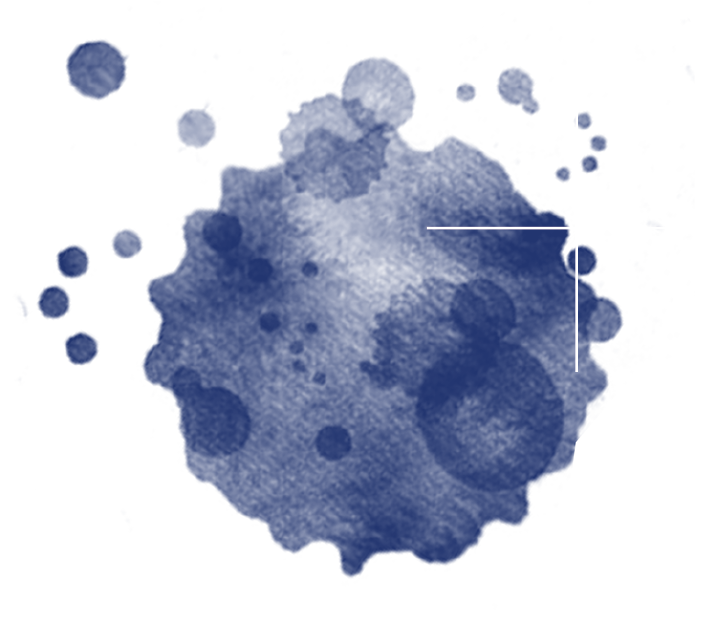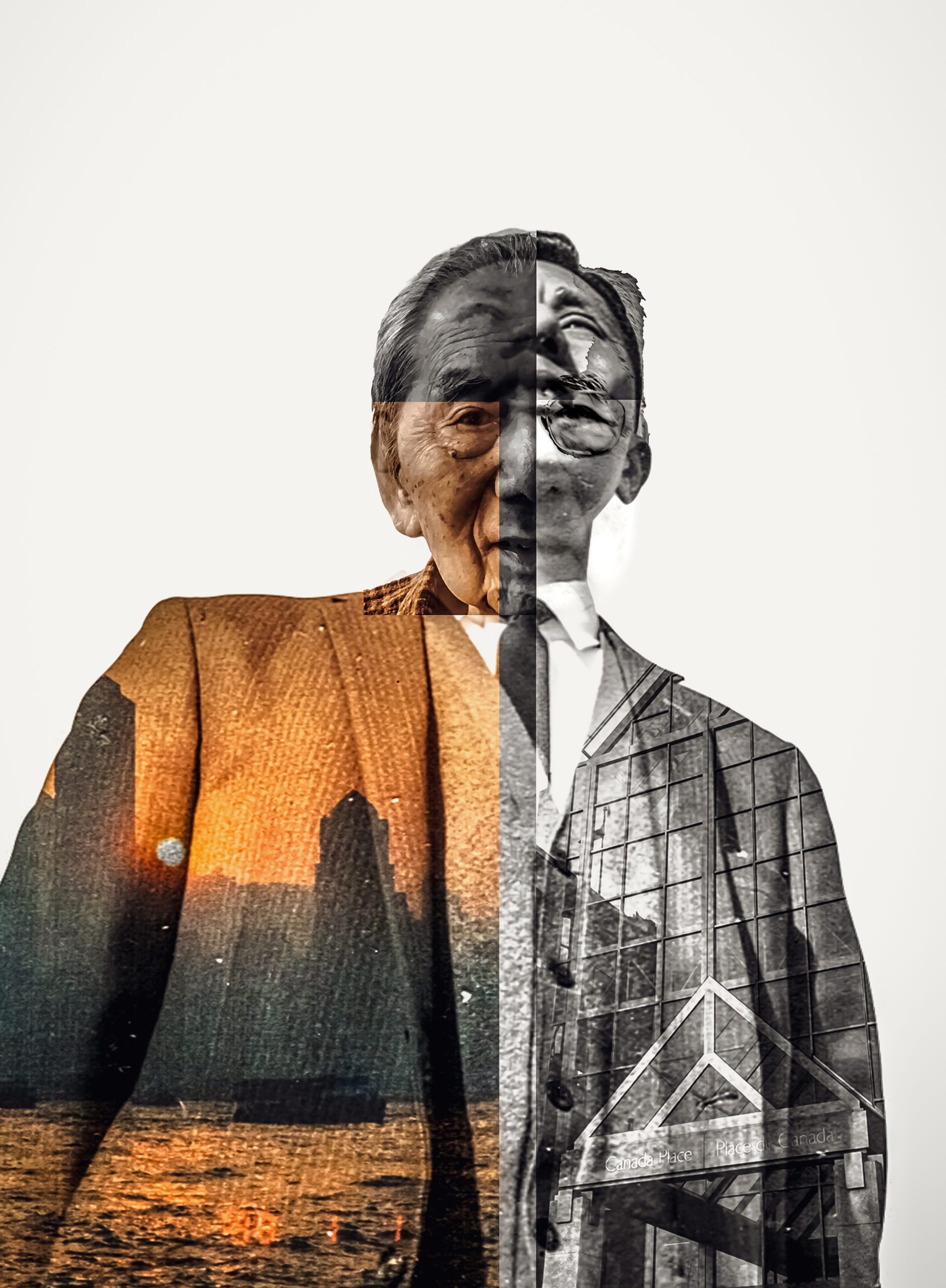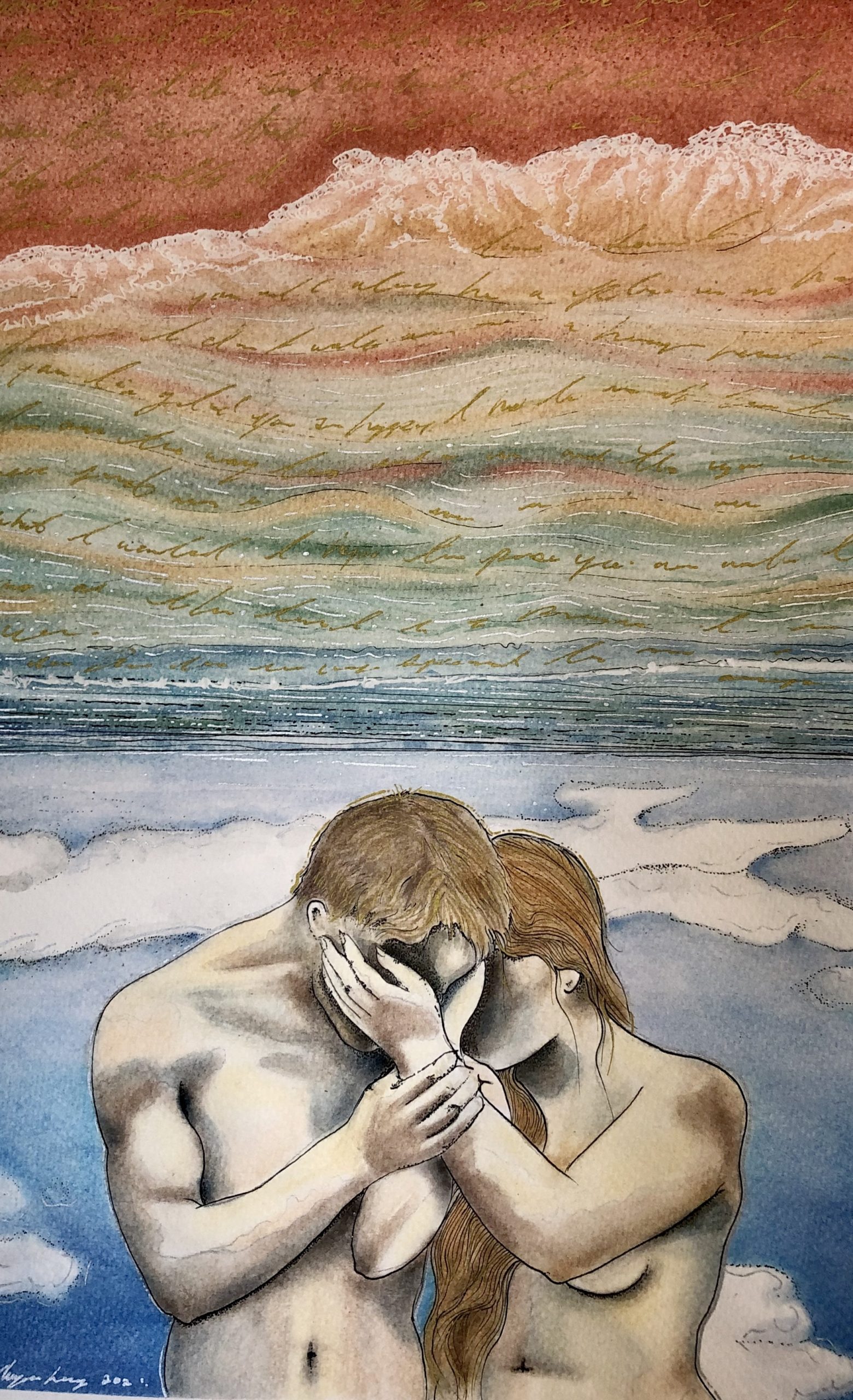
Bringing Neuroscience and Art Together

Support brain and mental health research at
the Neuroscience and Mental Health Institute.

CONNECTIONS is a collection of artwork and scientific images that portrays aspects of neuroscience, brain diseases and mental health disorders, and their intersections with art and life. This collection was born from a desire to build links among the scientific community at the Neuroscience and Mental Health Institute (NMHI) at the University of Alberta, patients with neurological and mental health disorders and the community at large. The purpose of our efforts is to display the beautiful connections that exist among our brain cells; to weave together the threads that bridge neuroscience research, clinical care, and recovery from brain diseases and mental health disorders; to amplify the warm, inspiring, healing power of art; and most importantly, to highlight our human connections.
MESSAGE FROM THE DIRECTOR OF NMHI
CONNECTIONS is a collaborative project between the Neuroscience and Mental Health Institute (NMHI) and the Faculty of Arts at the University of Alberta that uses images to bring to life the relationships between art, expression, neuroscience and the mind.
There is an inherent beauty and complexity to the manifold facets of neuroscience, from molecules that interact, to synapses, wiring and neuron layering, and how physiology flows from them all. Similarly, in the broad spectrum of mental wellness, our behaviours, vulnerabilities and resiliencies define us as humans within communities.


BRINGING ART & NEUROSCIENCE TOGETHER
Daniel Laforest
We can say connections are beautiful because they open up an innumerable future. Certainly, that’s true. But the connections that make us are perhaps even more beautiful for having no discernable origins in the past. A crucial lesson from philosophy is the idea formulated in the 17th Century by Baruch Spinoza. He said humankind constantly falls prey to the fallacy that we can know the primary causes of any phenomena. In reality, things are made of smaller components as far as the microscope can see. At a certain level, matter exists in vibrations and waves. The very idea of “cause” becomes hazy, almost fictional. Instead, wouldn’t it be more fitting to look at the connections that hold things together? This is what every artist taking part in Connections set out to do.






